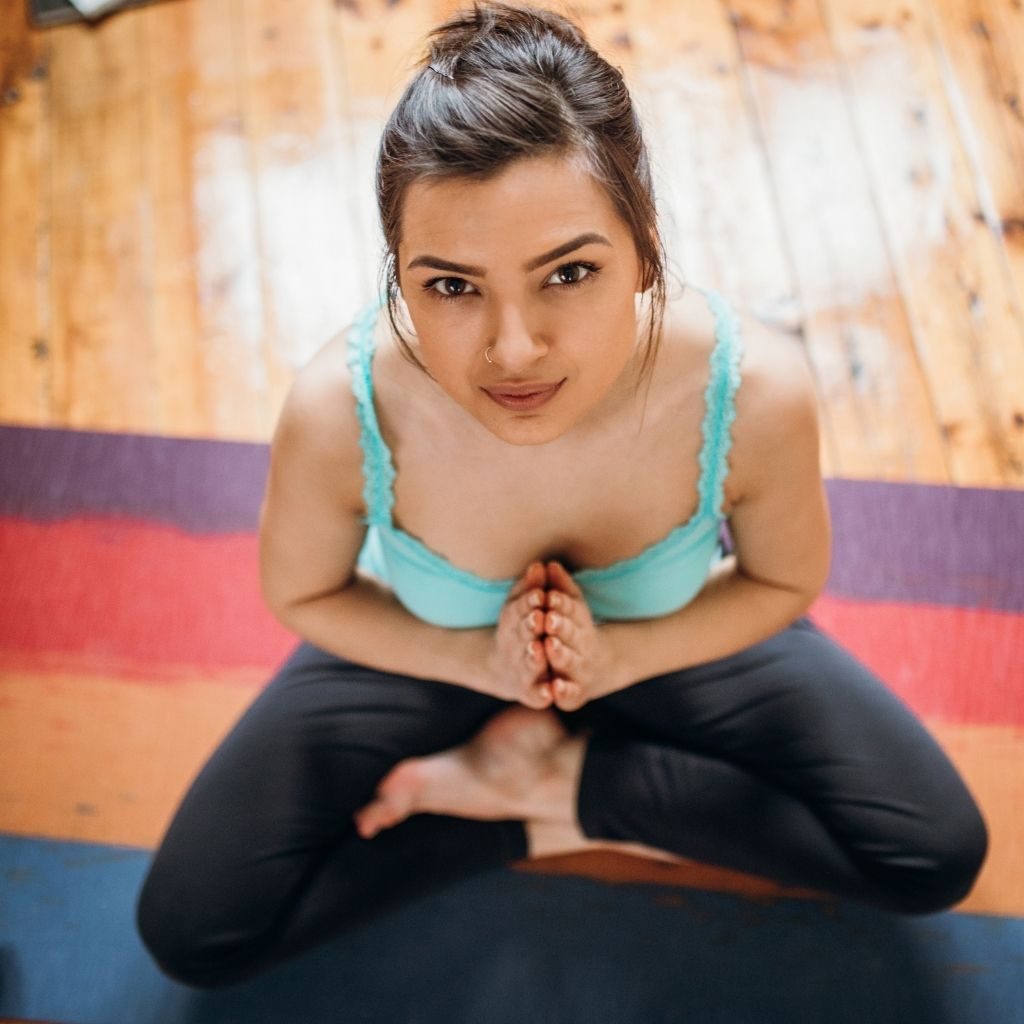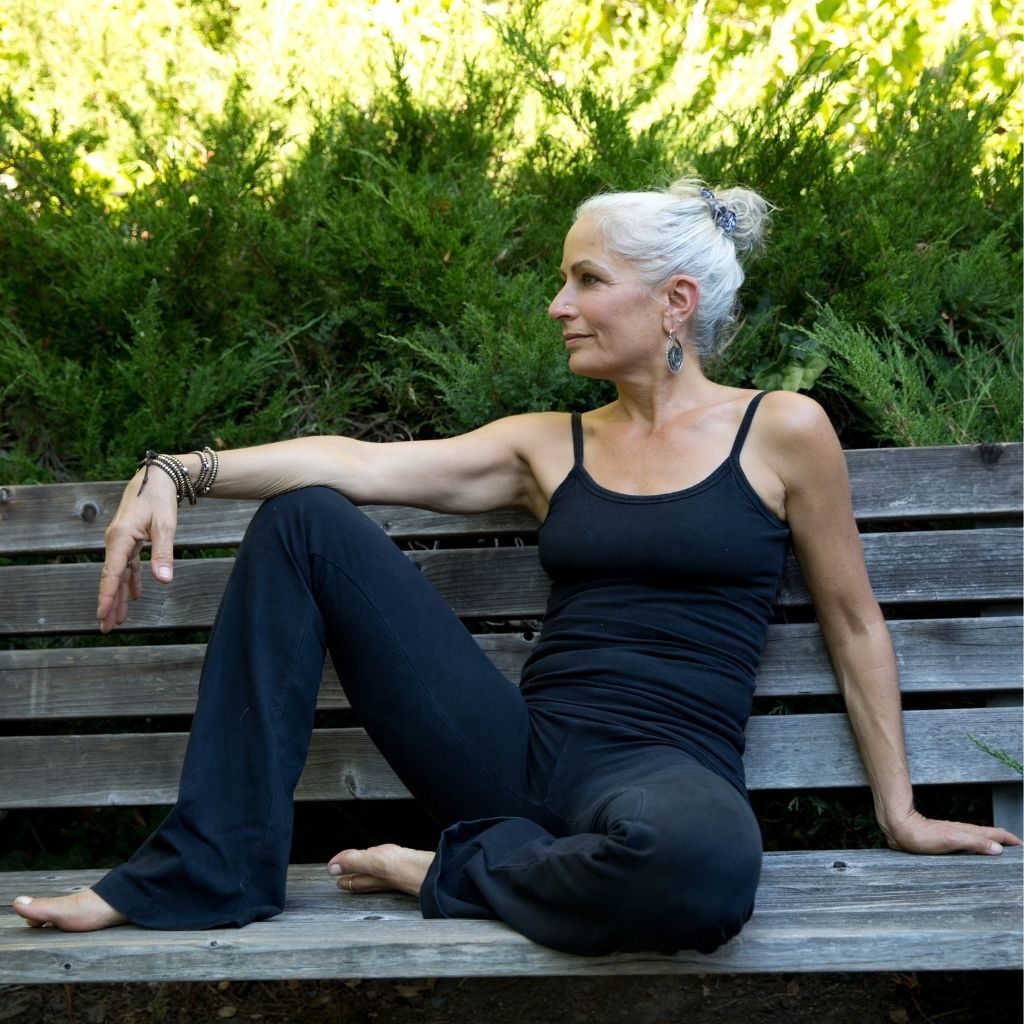3 Reasons You May Be Feeling Depressed After Yoga
You might have found yourself crying during or post Yoga practice. Most of us have been there.
After all, when you are so attentive and centered around your being, you start to feel new emotions, including depression.

You may feel depressed after yoga because you’re starving a human touch or have unaddressed subconscious emotions. Depression after yoga could also mean that you have released the tension and emotional pain in your body.
Yoga is an excellent practice to release your emotions and ease yourself.
People usually think Yoga is just a physical exercise.
But it is also an intensely emotional journey that allows you to open up, cut down stress-inducing thoughts, and release the pain that your body has been holding on to for so long.
Do you feel depressed after Yoga?
Keep reading to understand why Yoga can make you depressed and how you can deal with the overwhelming feelings.
1. We all experience touch starvation
One of the most common reasons for feeling depressed during Yoga is touch starvation. You might find yourself craving a hug from your loved ones. You might think that meaningful connections are missing from your life.
Where technological innovations have changed the entire world around us, it has also caused people to become physically distanced from each other.
The busy schedules, self-centered goals, individualistic social norms, and technology that allows one to enter a different reality have reduced the importance of physical interactions.
Many of us go for days without touching someone. This can result in a psychological phenomenon called “touch starvation.”
When you touch other people, the body releases “happiness-inducing hormones” in the brain like dopamine and serotonin.
This is why it feels so good when you hug a loved one or someone plays with your hair.
However, when it’s been far too long since a loving touch, you can feel sad, drained, isolated, and empty.
Accordingly, if your instructor touches you during Yoga, it can cause the brain to release dopamine and serotonin, together with the sudden realization that it’s been long since you have been touched by someone you trust and like.
This may result in an overwhelming burst of emotions.
At the same time, yoga classes are judgment-free and very communal, where people can come together from all sorts of backgrounds without the fear of being treated harshly.
You can connect with other people meaningfully, as people in Yoga classes are not there to pursue self-centric and individualistic goals at the cost of others.
This feeling of deep connections with other human beings can also be overpowering.
It might cause you to reflect on the way we connect with others in our lives and feel overpowering emotions.
What to do if you are feeling emotional because of touch starvation?
The best way to deal with touch starvation is to give yourself time. It can be quite challenging to accept certain feelings and emotions. However, you need to understand that you are not alone in this. Then let your emotions flow. It will ease your body that has been holding off all sorts of emotions and pain.
Our world is shaped such that everyone feels that they are missing out on meaningful connections sometimes.
Each one of us feels drained and empty due to touch starvation. Therefore, it’s just not you.
Another way to deal with touch starvation is to bridge the gap between you and your loved ones.
So if it’s been months since you have last visited your parents, give them a visit.
Or, if your partner has been quite busy with their work these days, plan out a date night.
Reconnecting with the people you love in your life can be a great way to cope with your emotions.

2. Yoga can bring up subconscious emotions
Meditation and concentration in Yoga allow us to process issues that we have held back in the subconscious mind for long. Whether you are angry, stressed, or sad about anything, deep concentration during Yoga can cause subconscious emotions to surface.
This might result in a lot of confusion and overwhelming emotions. You might figure out the source of your anger, sadness, or stress.
Our brains tend to hold off various emotions at the superficial level as well. These emotions cannot be accessed by us directly because they are part of our subconscious.
The asanas and poses in Yoga can cause your brain to enter into a neutral, profoundly focused state.
As you breathe and concentrate, try to relax, and calm your mind, you might be able to identify what’s bothering you subconsciously.
What to do if you are feeling subconscious emotions?
Understanding your subconscious emotions is imperative to rediscover yourself and identify the sources of your feelings. Instead of fighting with your brain, you need to relax and continue meditating. You should let the emotions flow, even if it brings tons of tears. Holding off the feelings will only make it difficult for you to feel relaxed.
All this introspection is beneficial for you.
You might feel bothered about a situation for days without understanding why exactly you are worried about it.
Or, you might not like a person you have just interacted with, despite how kind they are.
Accessing the subconscious mind will allow you to understand more about yourself and why you are feeling certain emotions.
Once you have understood why you are feeling certain emotions, you need to resolve them one by one.
For instance, if you are angry about someone’s attitude toward you, communicating with them about your feelings can be helpful.
If you cannot complete a task at the office and feel overwhelmed, taking help from a senior colleague can make it easier for you.
Wanna know more? 👉 Are Yoga And Meditation The Same?

3. Yoga helps release the emotional pain and tension your body is holding
When you physically involve your body in Yoga, your mind and soul are also engaged, causing certain emotions to be released that your body has held for long.
Many religions and cultures believe in a solid interconnected link between your mind, body, and soul. You can treat any sort of ailment unless all three are addressed.
For instance, when you stretch and open your hips, you might feel your anxiety and stress leaving your body.
As physical stress leaves the body, mental stress can cause an overwhelming burst of emotions in a person.
Accordingly, as Yoga causes the physical opening of our tissues, muscles, and organs, it can also bring some of our fears back to the surface.
What to do if you are feeling emotions you have been hiding?
Acknowledging your emotions is the best way to deal with them. You can also request your yoga instructor for kriya or meditation to help you healthily address your feelings. Listening to soothing mantras is also a great way to feel calm and poised.
Most of us start Yoga to take care of our physical health.
But it is also a way to deal with your mental health, so you shouldn’t shy away from addressing your emotions.
Running away from emotions and shutting yourself from reality will not cause your sadness or anger to vanish completely.
Instead, these emotions might surface again and again.
Many people suppress the negative emotions they are feeling, as expressing them might result in unfavorable consequences.
However, there should be a balance in curbing your emotions and reacting negatively.
Plus, it is always a good idea to reach out to trusted people in your social circle. You can discuss your issue with them, and they can address it more objectively.

Conclusion
Yoga is a transformative practice that can change you both physically and emotionally.
You might find yourself emotional often during and after Yoga, perhaps because you are missing meaningful connections or bottling certain emotions.
The best way to deal with these depressive feelings is to acknowledge your emotions and give yourself time. If you’re missing a loved ones’ touch, reach out. Your yoga teacher can also recommend meditations or soothing mantras to help you process your emotions better.
You have always been so hard on yourself. But on the Yoga mat, it’s all about you.

